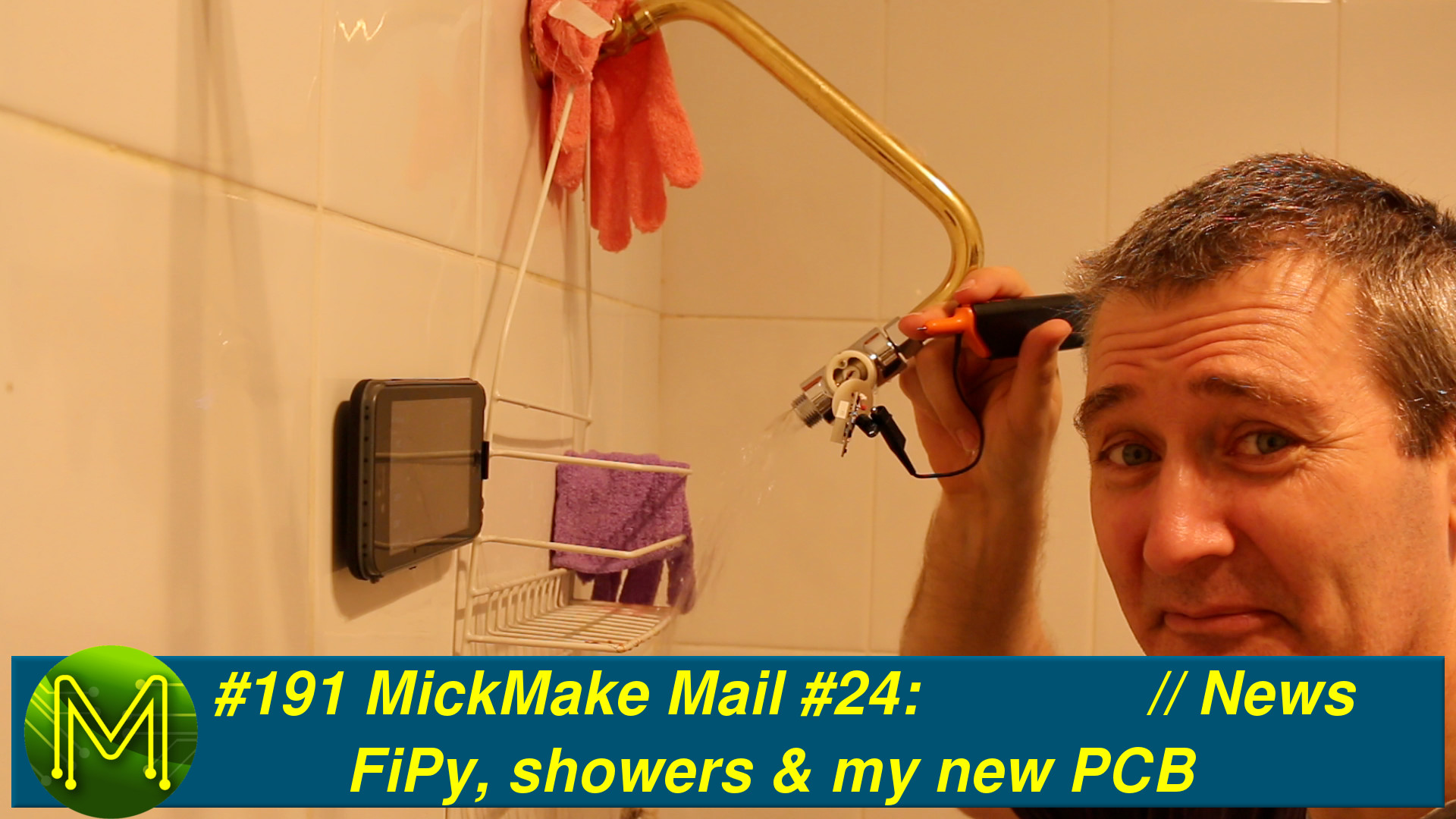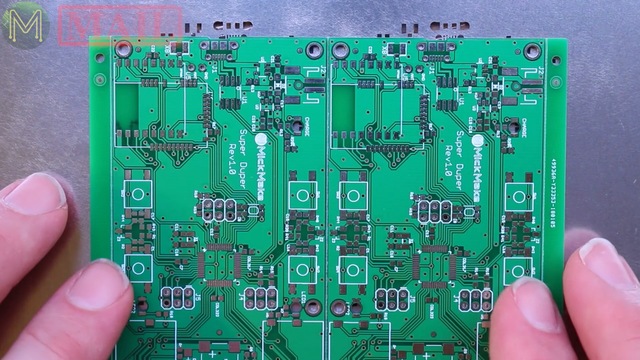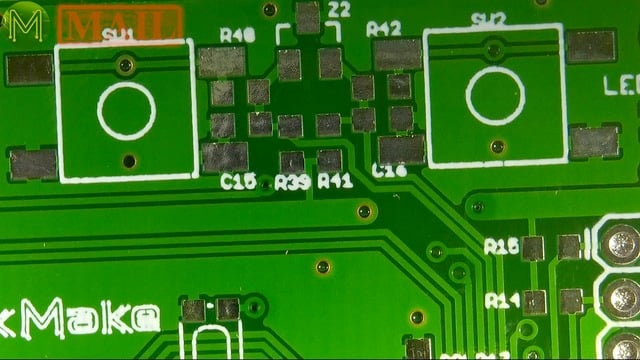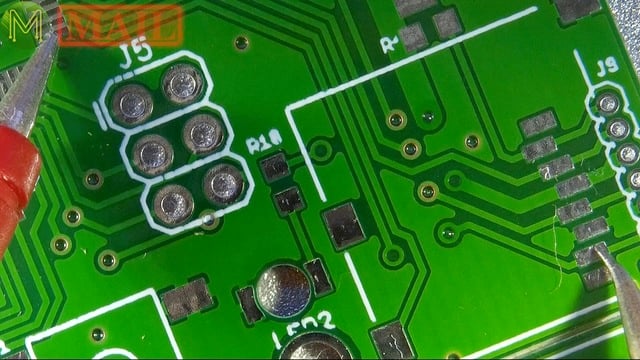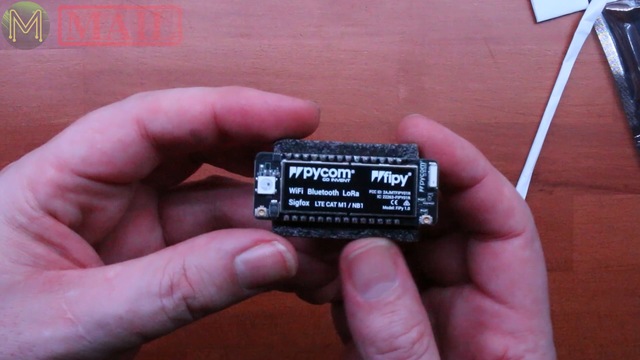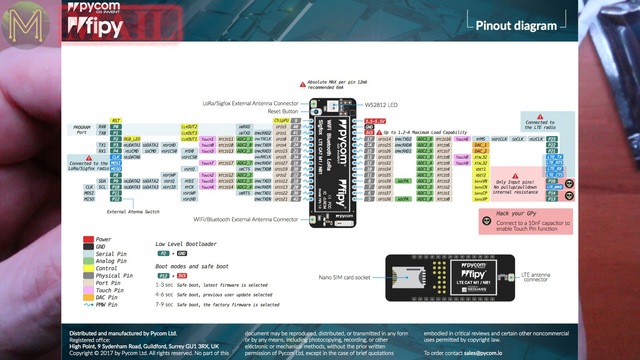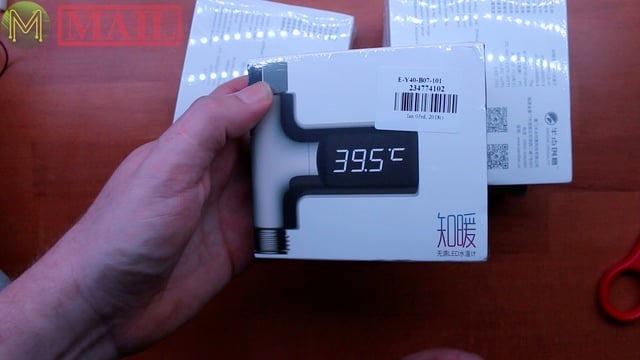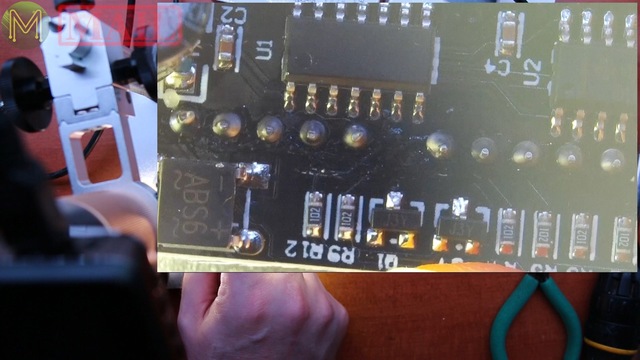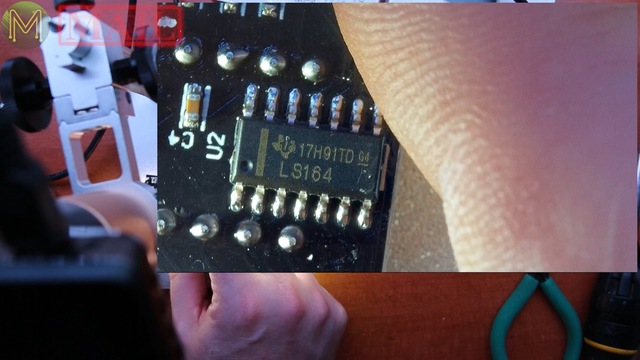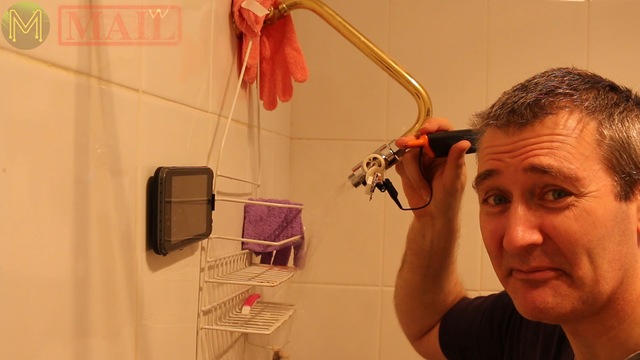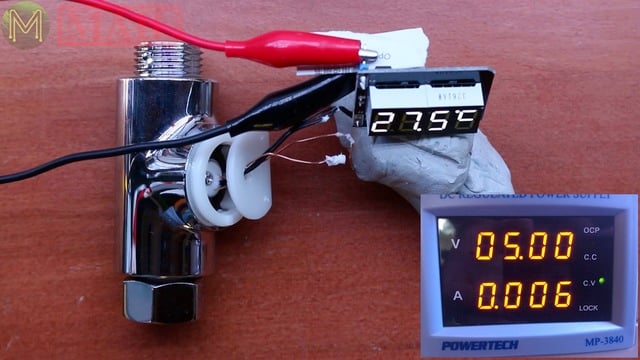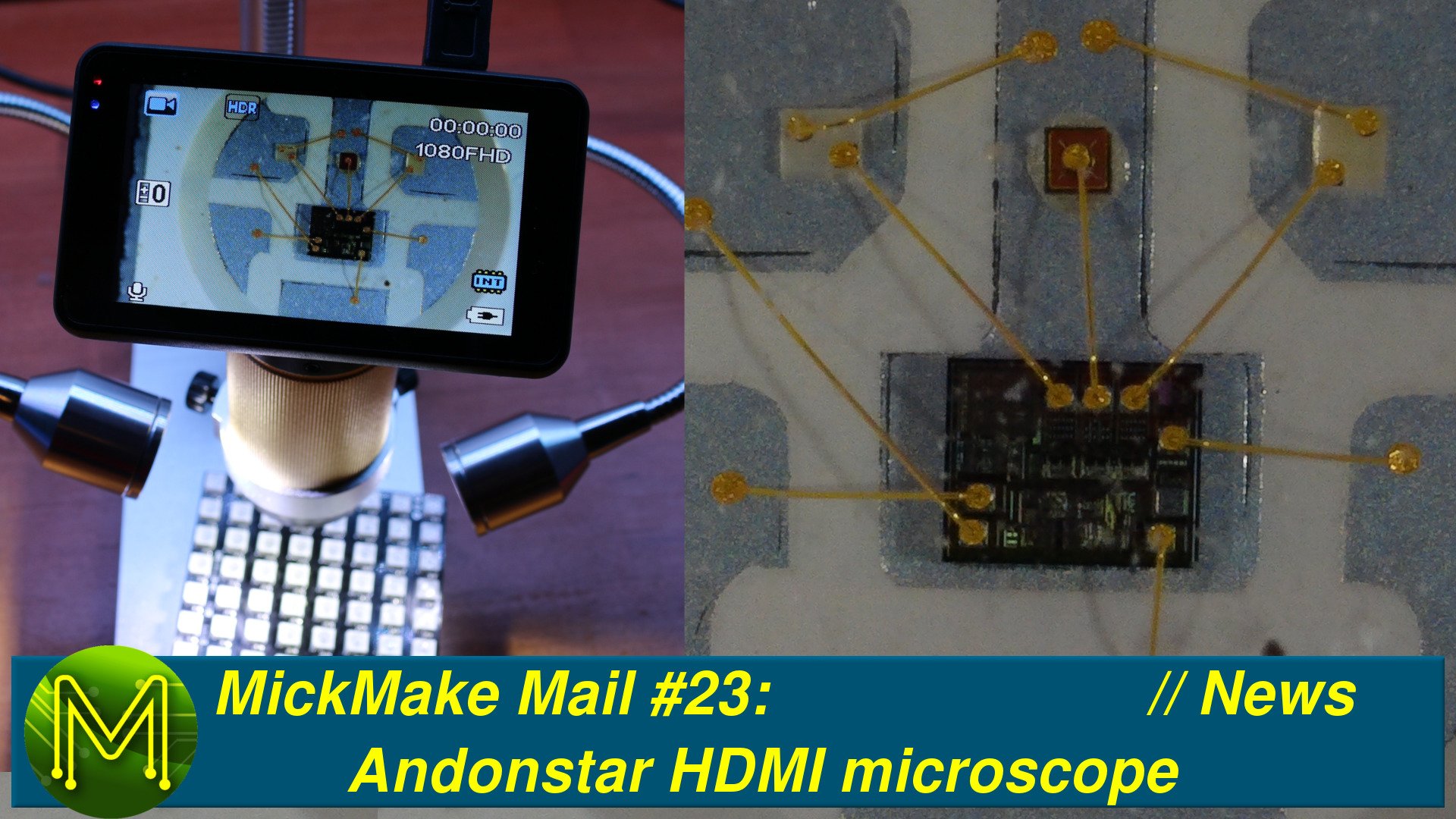MickMake Mail #24: FiPy, showers & my new PCB // News
Watch "MickMake Mail #24: FiPy, showers & my new PCB // News" on YouTube.
This week’s MickMakeMail there’s my new PCB from EasyEDA, the FiPy and I reckon I could probably lay claim to be the first person to use an oscilloscope in the shower.
ERROR:not .src - map[alt: class: control: ctx:0xc009b052c0 height: href: id:1ZDIoN947NM inline: size: span: src: style: thumbnail: title: width: xml:]
EasyEDA PCBs
The PCBs from my first batch of EasyEDA manufactured boards are back! I don’t know how these guys do it, but they are offering 10 PCBs for $2 with your first order getting free shipping. The quality is pretty decent. They, of course, knew who they were shipping to, but my take on it is - if they can do a fantastic job once, they can do it again.I haven’t yet built them, but will be doing that this week. Stay tuned for another video on the results.FiPy
The FiPy was a Kickstarter I backed a year ago. They certainly took their sweet time to deliver this one, but I got it in the end.Comes with a bucket load of GPIOs you can use along with the 5 networks supported. WiFi and Bluetooth are provided by the on-board ESP32. There’s also a full LoRaWAN stack and fully programmable with drag and drop Python scripts or using the Atom editor along with their PyMakr plugin.Not sure if they have addressed all the power issues that exist with the LoPy.

